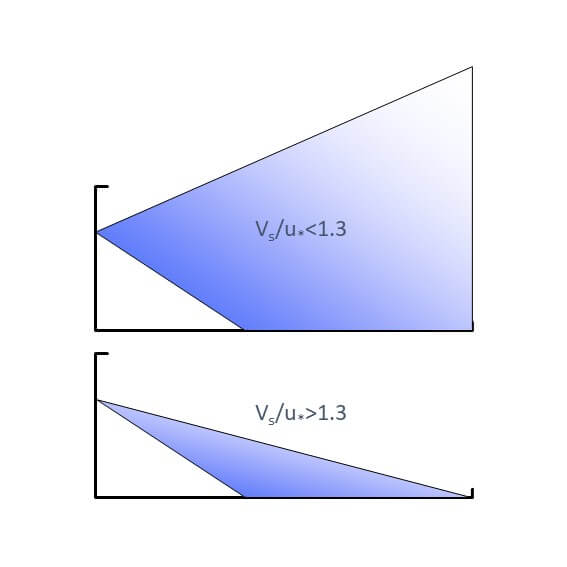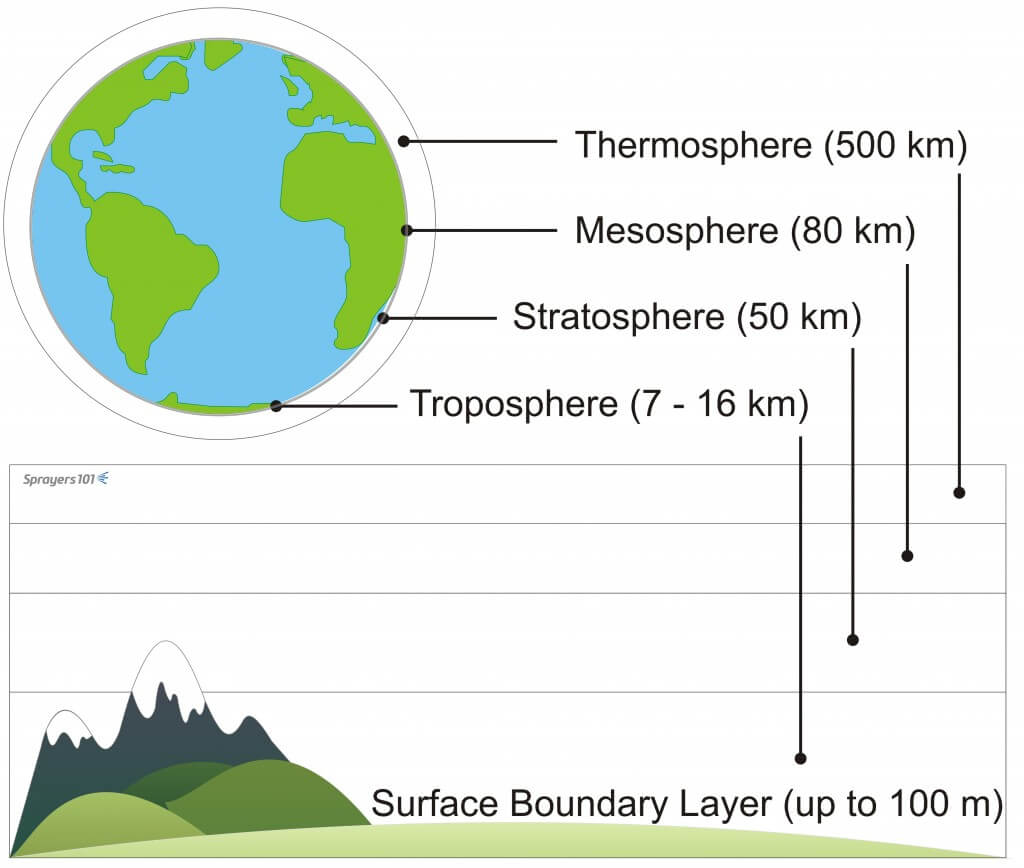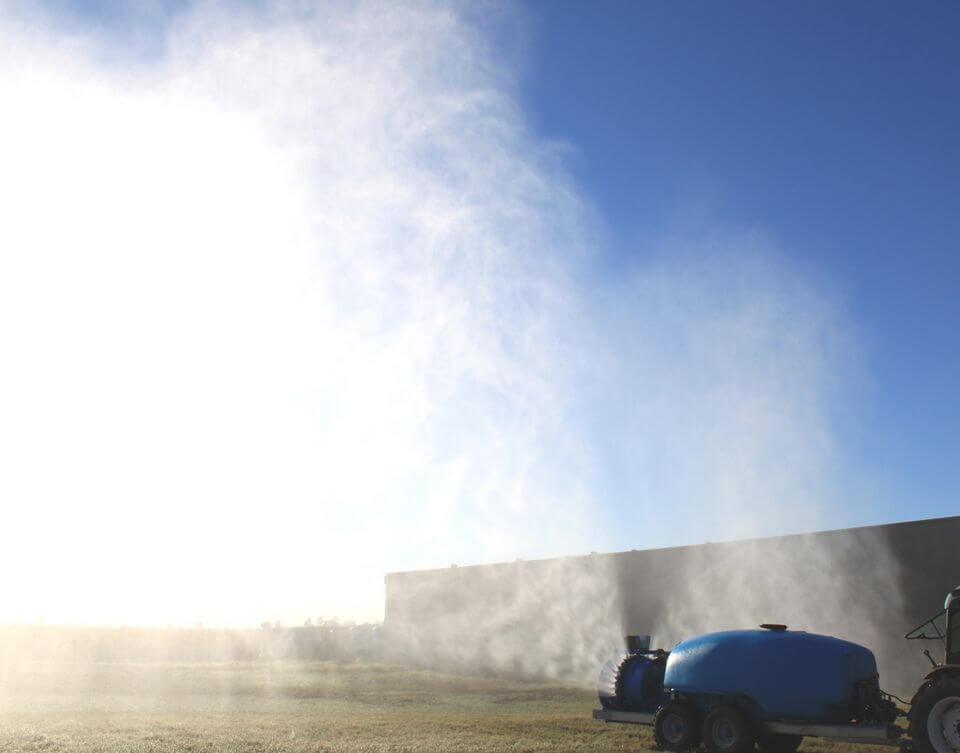
Choosing the right time to spray can be tricky. Our gut tells us that spraying when it’s windy is wrong. The experts tell us that spraying when it’s calm is wrong. So when can you actually spray? I’ve always advised my clients to spray in some wind, because it has a few advantages. The main […]



